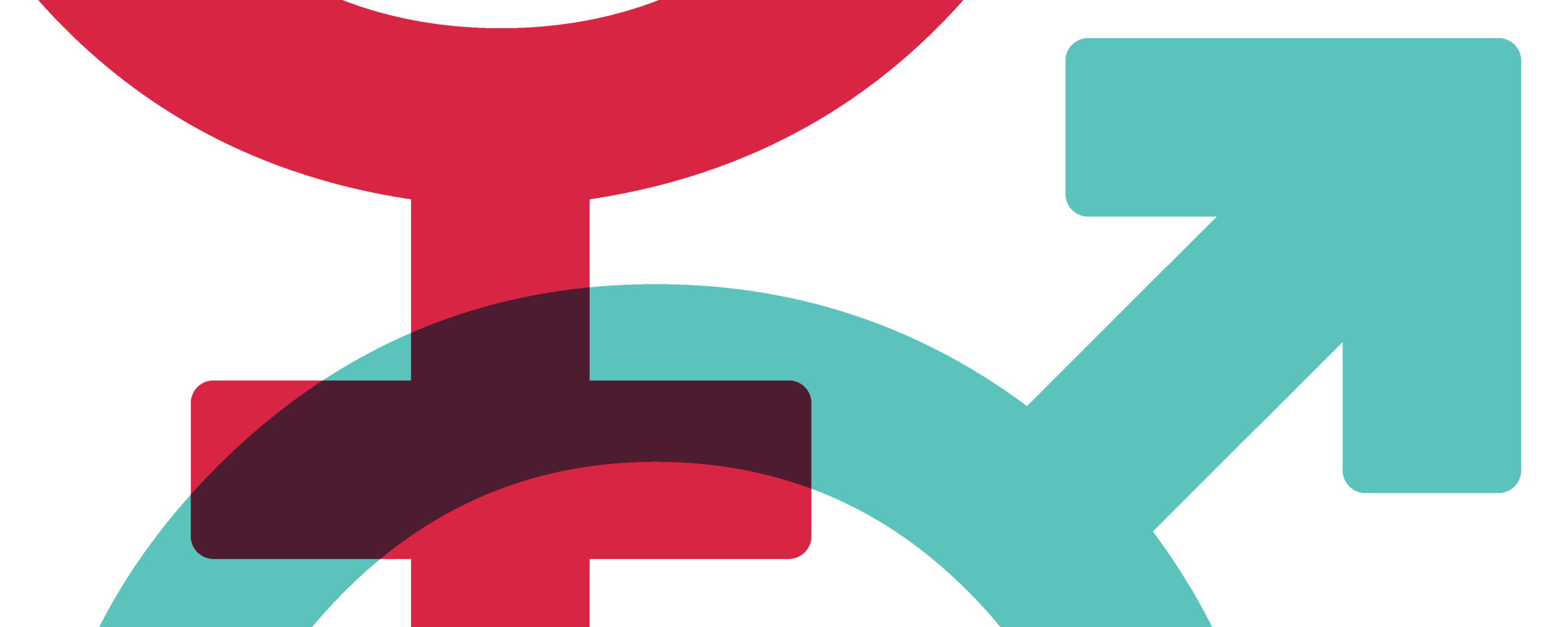
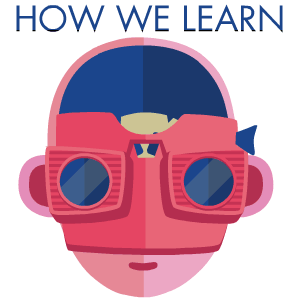
Access to higher education is becoming one of the new, defining inequalities of the 21st century. Continued learning, particularly the completion of an undergraduate degree, is associated with better employment prospects, improved health and well-being, and greater civic engagement. But regardless of size or wealth, countries around the world struggle to equalize opportunity for their citizens.
The starting point for combating this inequity means getting a clearer picture of what we’re dealing with–which is to say, improving the data we have about it around critical social indicators like socioeconomic status, gender, disability, language, ethnicity, or geographic remoteness. By looking at the global access statistics, other researchers and I found that while what we know is severely limited, where there’s better data, political engagement in access follows. The most progressive countries are not only collecting data about higher education, but using it to transform who attends and how to further their success when there.

Which countries collect data, what types, and what does this mean?
We anticipate there will be half a billion students participating in postsecondary education by 2030. But we’ll need to know who those students are to determine who’s still missing out.
Current data on access to higher education across the world is dominantly defined by gender (using a male/female distinction) and socioeconomic background.
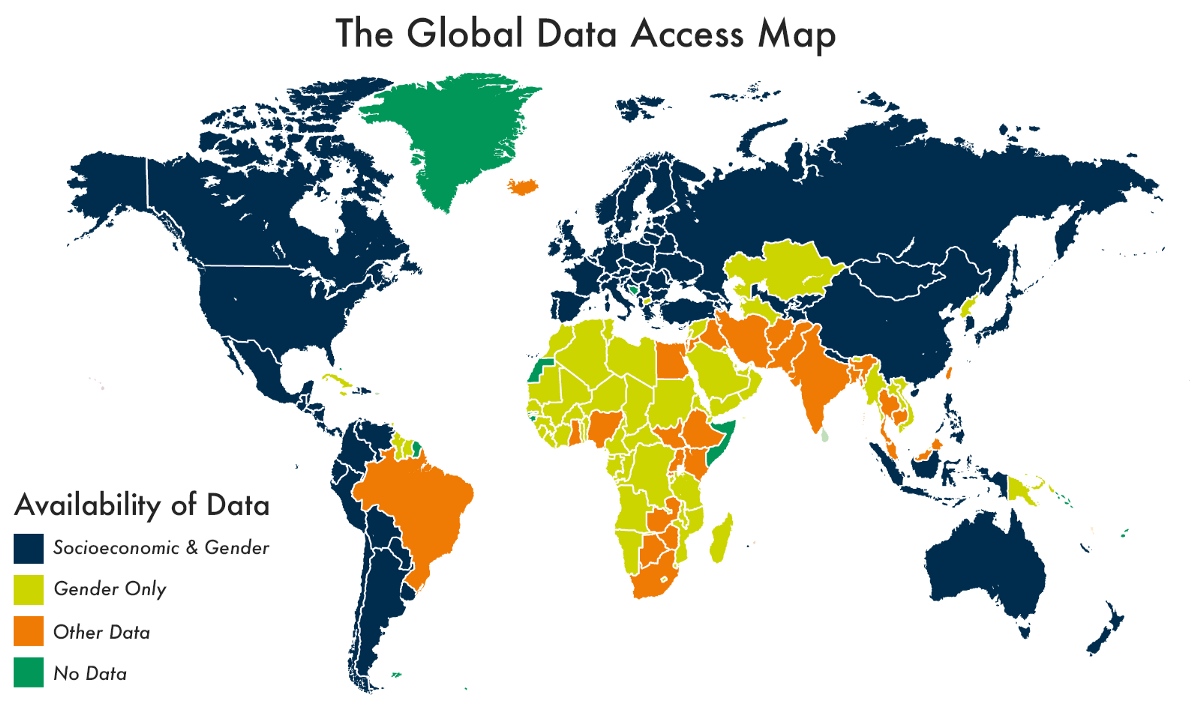
When I gathered all available resources with my team, we were able to find data on participation in higher education by socioeconomic background and gender for 80 countries using the UNESCO Gender Parity Index and a series of cross-national datasets. Beyond those 80, we found that another 94 countries collected data around gender only; while 21 only gathered information about less-tracked but crucial factors like ethnicity, disability, religion, rural versus urban backgrounds, age, refugee status, or language. Seven countries, including Greenland, Gambia, and Andorra, collected no data at all.
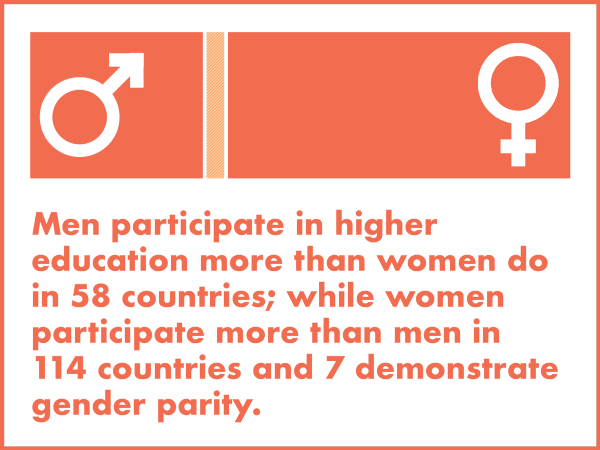
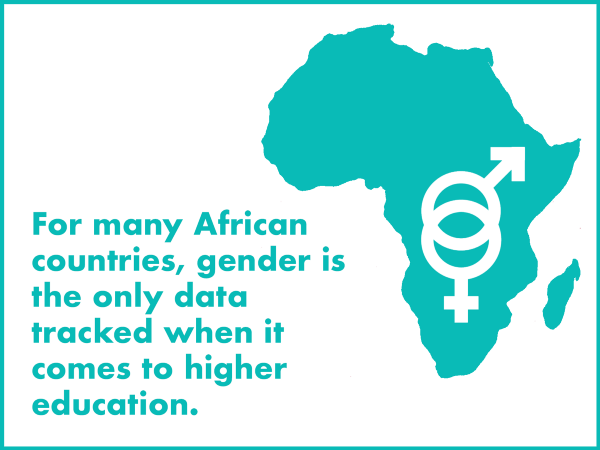
We also created an indicative equity score for those countries where enough data was available. This Global Equity Index–as we called it–could then be used to compare countries’ performance on access to higher ed. The basis for the index was an equal weighting of a proxy measure of participation by socioeconomic background with UNESCO data on participation by gender.
We were then able to compare the index against the wealth of a country to see that richer nations don’t always offer their citizens more equal access to advanced education, as compared to poorer ones. While in wealthier countries it may be easier to get into an advanced degree program because there’s more places to study, that doesn’t automatically mean relative equality is superior.


Why it’s so hard to compare data across countries
Beyond this limited index, the other global data around advanced education worldwide–or the lack thereof–makes the construction of a rigorous comparison challenging. For starters, there are serious limitations to the data since some countries collect so little of it.
Overall, wealthier countries have the most sophisticated and robust data collection systems for obvious reasons: Gathering data about anything at a regional or national level requires resources–namely infrastructure and investment. It also requires staff with the knowledge, expertise, and training to process information, as well as a system of higher education that gives providers some incentive to track and submit the data. In India, for instance, where there’s roughly 700 universities that confer degrees and about 35,000 affiliated colleges, the education system is so vast and sprawling that monitoring students is a mammoth task.
When countries do collect data, as noted earlier, it’s most often around gender or socioeconomic status (though even gathering this data in certain countries can be tough). But inequality in access to an undergraduate education is not just a gender or income issue. The groups for whom inequality most affects differs by region, and countries have their own ideas around which factors define equality in the first place.
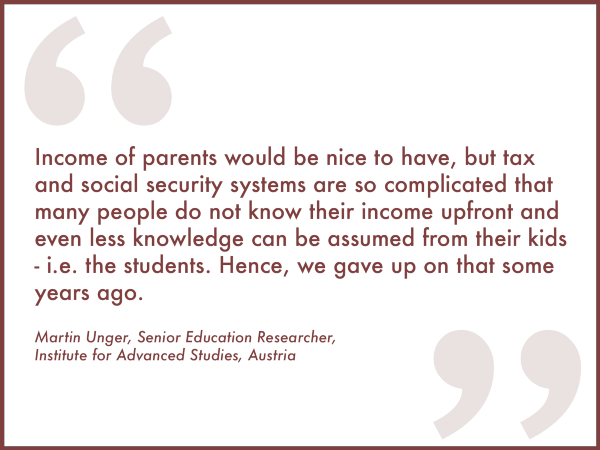
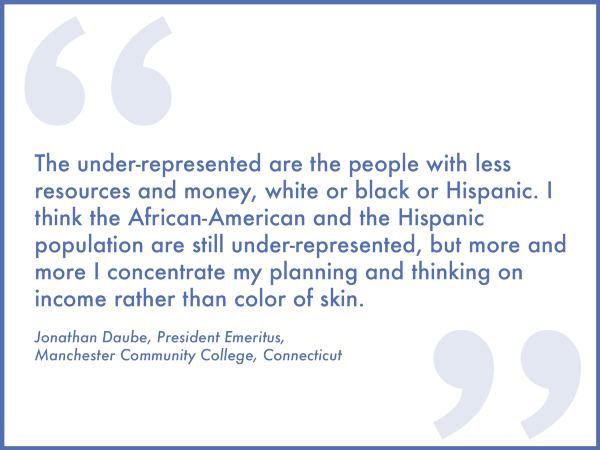
For example, it would be nearly impossible to collect meaningful cross-country data around, say, sexual orientation, since homosexuality is illegal in some countries. A country’s historical and current political context certainly frames how it sees and measures equity in higher education.
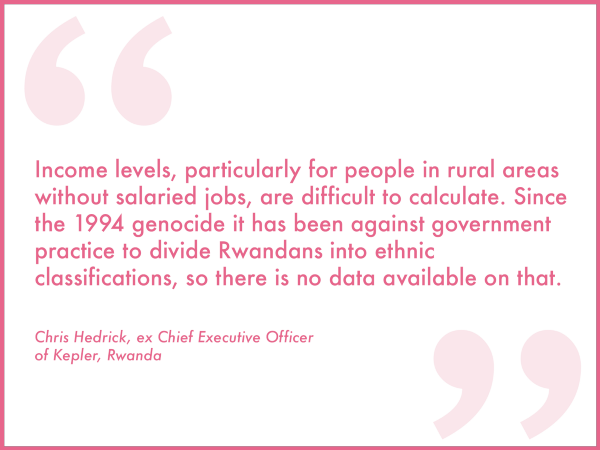
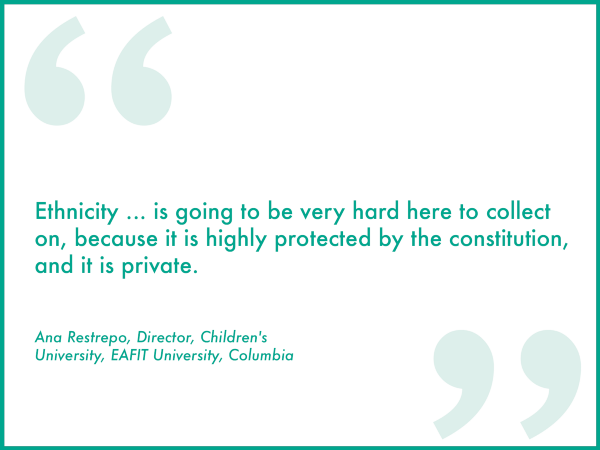

How countries are using the data they have to their advantage
Where data does exist, innovations in its use are definitely helping to address the inequality problem–especially across entire “student life cycles.” In South Africa, more than 50 percent of black students drop out before they finish their degrees. Access should mean more than entry and participation; it also means completion. The Siyaphumelela (We Succeed) project is looking at how universities can better share the data they already collect on students’ attendance, performance, and background to identify those at greater risk of dropping out–and then better support them. Education retention, progression, student success, and subsequent destinations are all integral to the economic growth of a country.
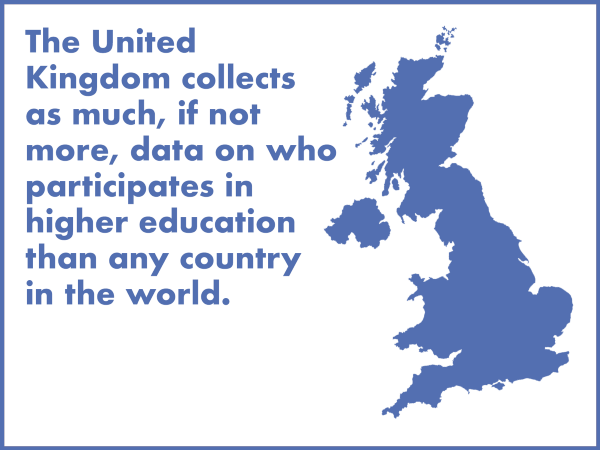
South Africa is not the only country using data to combat inequalities in education. England is on average the most expensive place in the world to study at a university or college. Over 90 percent of undergraduates pay £9000 per year [about $11,125] and those from the poorest fifth of society are three times less likely to go into higher education than those from the top fifth.
Meanwhile, the country is investing more than £800 million per year [$989 million] in activities to make higher education access fairer. In the United Kingdom, datasets that track learners from age 5 through to universities and into adult employment are being linked and shared for the first time across government agencies. The aim is to identify the best interventions that support low-income learners, and showing cradle-to-job inequality gives a platform to lobby for political action.
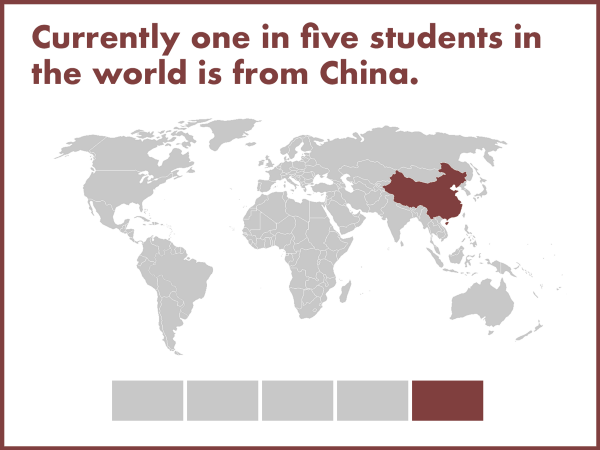
The growth in advanced education globally over the next few years will be driven by developing countries, especially in Asia–so this is a key place for understanding more about inequality. For China and India, data shows that socioeconomic background, alongside factors like geography, heavily influences access.
In India, where there are over 300 million advanced-degree students, current data tells us that those whose families are in the highest income brackets are over 20 times more likely to go on to higher education than those in the poorest. The gap becomes even wider when we consider gender and geography–poor women from rural areas are 40 times less likely to enter advanced study than wealthy, urban males.
One remedy to remoteness includes diversification to online learning–from full online degrees to award-bearing MOOCs (Massive Open Online Courses). We’ll see online courses become particularly important in the developing world. Both India and South Africa have ambitious goals to expand enrollment that way. Finite resources and rapid technological change are shaping how providers respond to growing demand by offering stackable credentials, micro-credentialing, badges, and portfolios with references. It is even more important that as this landscape becomes more diverse and sophisticated, accurate and comprehensive data on who participates is collected. The unbundling of qualifications does enable a greater range of students with different needs to participate in higher education, but it also runs the risk of creating new inequalities between traditional, “gold standard” degrees and others that may be perceived, rightly or wrongly, to be of lesser status.

Things to work on
Without good data, the political change necessary to drive progress around education inequality will not happen. Utilizing digital technology may be the only way we can realistically enable everyone in the world to access a university education. But first we need the data to identify who is learning, and how we can help them succeed.
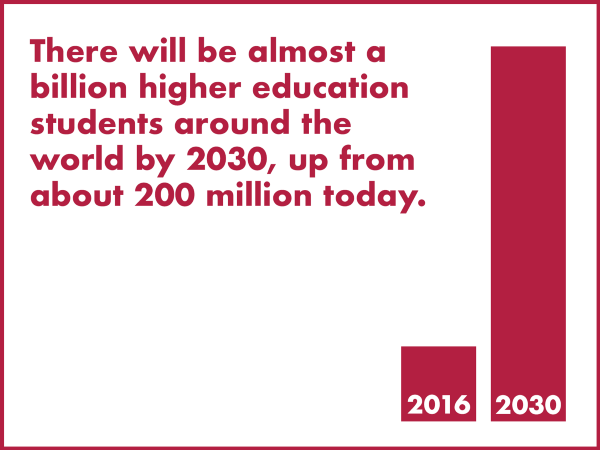
Data can be collected two ways–as part of national censuses/surveys and by higher education providers at entry. In either case, governments need to take ownership of data collection. At present, countries such as the United States, United Kingdom, and Australia actually collect too much data, with various public and private agencies releasing it continually. It would be better to bring the most powerful evidence together in one place to act as the focus for efforts to lobby policymakers.
Meanwhile, higher education rankings are exerting an ever greater influence on governments and leaders. But they ignore equity and access. It is essential that new approaches to ranking “excellence” include the integration of access data.
Institutions should also be encouraged to monitor the progression and outcomes of their students on a range of measures. It is the only way in which they will be able to drive forward the structural and cultural changes necessary to make themselves more equal.
We must, of course, understand that this data alone will not make higher education more equal. But without it, we won’t know the actions necessary to move toward producing a more equitable learning landscape.


How We Get To Next was a magazine that explored the future of science, technology, and culture from 2014 to 2019. This article is part of our How We Learn section, on the future of education. Click the logo to read more.
